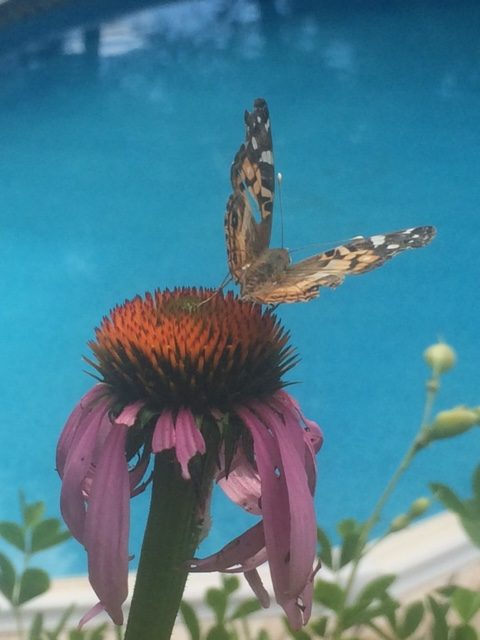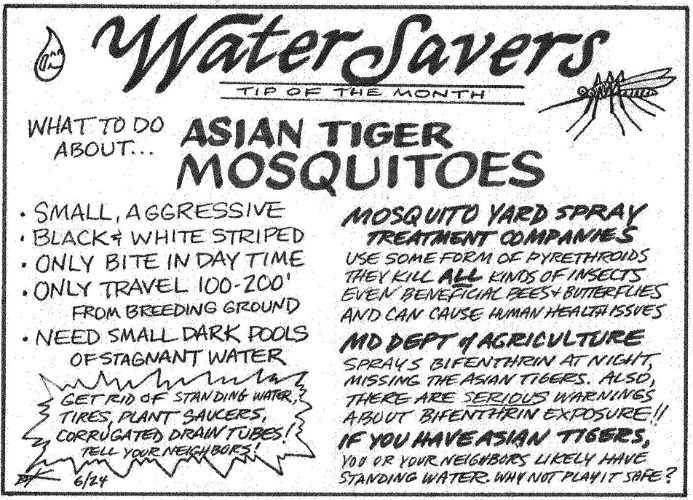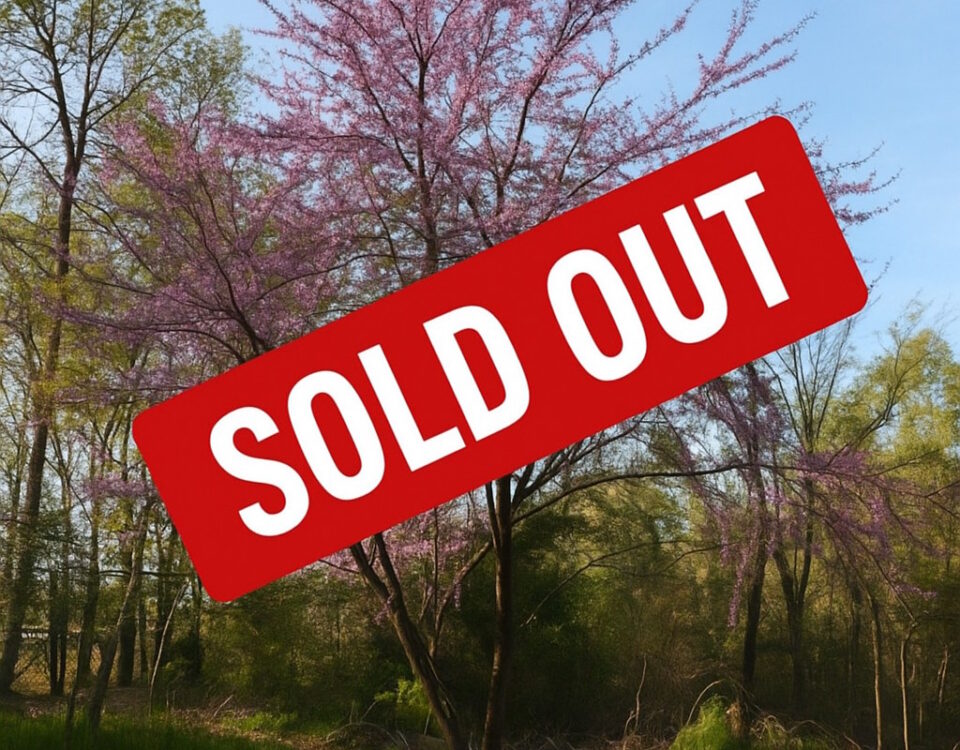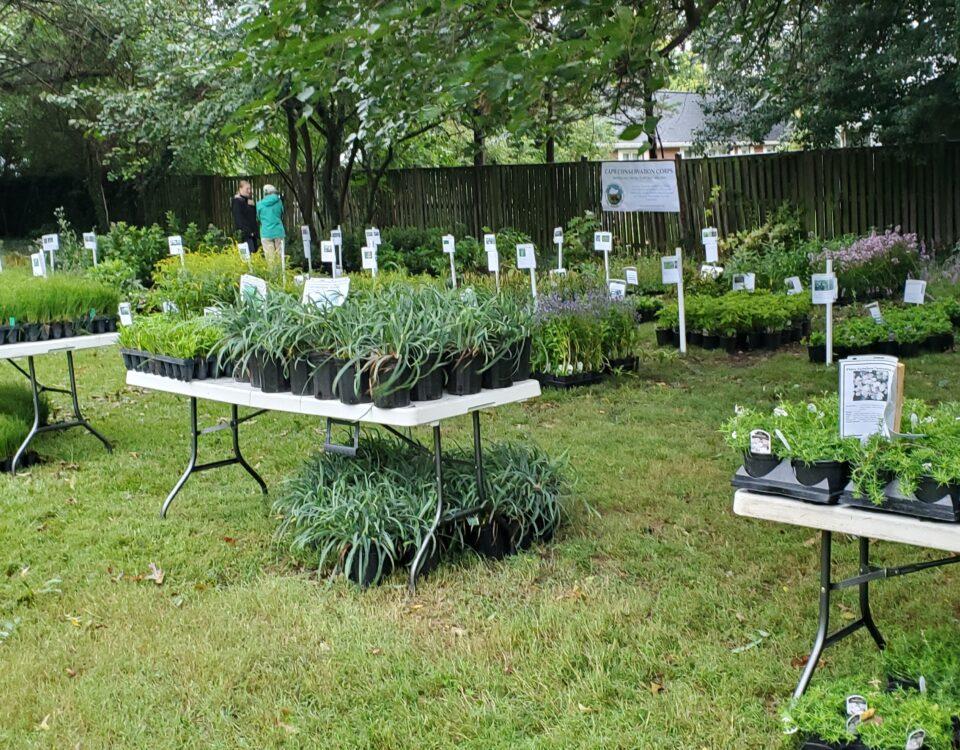
Gardening With Nature in Mind
July 26, 2017Top Overlooked Understory Trees to Consider
September 22, 2017By: Stacey Wildberger
If you think the time to garden is over, think again. Fall is the best time to plant including trees, shrubs and perennials. By planting in the fall you will get your shrubs, trees and perennials off to a faster start in the spring. The soil will still be holding onto the summer’s warmth; which will encourage root growth up until the first freeze. The plants are no longer working on making leaves, flowers, berries and fruits so all of their energy goes to establishing roots. Another advantage to fall planting is the lower temperatures will mean the plants don’t have to contend with heat and drought. Finally, there are usually lots of great deals as the nurseries are trying to clear out their inventory. Even if the plants don’t look perfect, leaves are dropping, flowers are drooping, but the real action is in their root system.
Fall is a great time to lose some of the lawn and turn it into a new garden bed, filled with native plants that will greatly improve wildlife diversity in your yard. The standard green, monoculture lawn not only excludes wildlife from your landscape, it consumes large amounts of water, is high maintenance and comes with a HUGE carbon footprint. By eliminating a portion of your lawn you will be gaining back some of your leisure time, time that can be spent observing the abundance of wildlife your new garden will attract and improving the health of the environment. Don’t just plant any plants-plant more natives! Use this time to add native plants that have co-evolved over millions of years with our native fauna. Native plants offer a rich and diverse source of food for birds and other wildlife. Did you know that 93% of birds feed their babies insects? A native Oak tree will support over 530 different species of caterpillars, while a non-native Gingko supports 0-3 species. A Carolina Chickadee needs over 9,000 caterpillars to raise just 1 clutch of babies. Alien, ornamental trees and shrubs offer little or no benefit to our increasingly fragile ecosystems. They need native plants in order to survive and thrive!
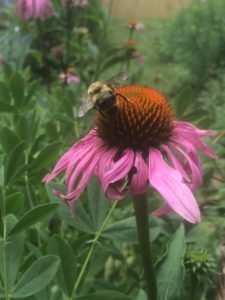 Of course by now we all know some of those dreaded fall chores are not necessary so you will have plenty of extra time to plant and get a jump on spring! What chores can you cross off the to-do list before even getting started? For one thing leave the leaves! By raking, blasting, bagging and sending the leaves to the landfill you are not only destroying the environment but robbing the garden of nutrients and destroying next year’s butterflies, moths and other good bugs. Yard debris accounts for 33 million tons of solid waste per year-13% of the total generated according to the U.S. EPA. Leaves form natural mulch that can both suppress weeds and fertilize the soil. The leaves also provide much needed habitat for wildlife. The leaf litter provides food, shelter and nesting materials for frogs, toads, turtles, birds, mammals and invertebrates. There are several things you can do with the leaves rather than send them to the landfill.
Of course by now we all know some of those dreaded fall chores are not necessary so you will have plenty of extra time to plant and get a jump on spring! What chores can you cross off the to-do list before even getting started? For one thing leave the leaves! By raking, blasting, bagging and sending the leaves to the landfill you are not only destroying the environment but robbing the garden of nutrients and destroying next year’s butterflies, moths and other good bugs. Yard debris accounts for 33 million tons of solid waste per year-13% of the total generated according to the U.S. EPA. Leaves form natural mulch that can both suppress weeds and fertilize the soil. The leaves also provide much needed habitat for wildlife. The leaf litter provides food, shelter and nesting materials for frogs, toads, turtles, birds, mammals and invertebrates. There are several things you can do with the leaves rather than send them to the landfill.
Leave them where the fall, mulch over them with a mulching mower, rake them into your garden as mulch—shredding them into a finer texture so they will break down easier, combine them with grass clippings and other green material to make nutrient rich compost to spread in the garden in the spring. You can also use the leaves along with branches, and sticks to make brush piles to shelter neighborhood wildlife, and finally if you are like most of us in the Cape you probably have more than enough so share them with a friend or neighbor that isn’t lucky enough to have an abundance of this free nutrient rich mulch!
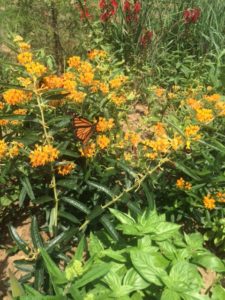
Are you wondering why you did not see as many butterflies and other beneficial bugs in your yard this summer? It could be because your garden was too neat. We have a tendency to want to go and “tidy” up the garden in the fall by cutting down all the stems, but those stems house many overwintering bugs. It is best to let them stand through the winter and even late into spring to give insects time to emerge. If you must clean up in the spring try to leave 12-18” standing –once the new stems and leaves begin to emerge you won’t see the brown stems from last year and the bugs will be able to make their way out. Leaving those stalks up also offers us an opportunity to enjoy the garden all year, winter interest is the beautiful display those spent flower and seed heads and stalks offer us. The winter sun reflecting off of them, or glistening in the soft snow. We can sit back and appreciate the deep red stems of a red dogwoods, dark browns of the herbaceous plants , pale yellows of switchgrass, dark, almost black inkberries, or the clean white bark of a paper birch. If we change the way we see “pretty” you will begin to see the beauty all around you. Our gardens should not just be what are aesthetically pleasing to us but what benefits the ecosystem as a whole.
One of the biggest questions I get asked is where can I go purchase natives plants? The best answer to that question is RIGHT HERE IN YOUR NEIGHBORHOOD! Cape Conservation Corps is going to host their first ever Fall Native Plant Sale on October 7th from 9am-12pm- in the field behind the clubhouse. Not only will we have hand selected native plants for the soil and light conditions of Cape but they will be reasonably priced so you can easily afford to start that new garden or add to your existing gardens! We will also have on hand many local experts including Master Gardeners, Water Shed Stewarts and Master Naturalist to answer questions, offer advice and educate. The day will also include several guest speakers on a variety of topics.
There are also several Native Plant nurseries in the area you can visit this fall. Chesapeake Natives in Upper Marlboro, Adkins Arboretum in Ridgely (near Tuckahoe State Park), Herring Run Nursery in Baltimore.
“Our legacy won’t be how pretty our gardens looked; our legacy will be how gardens and other managed spaces woke us to a revolution of belonging in this world, and a renaissance of ethical thinking that helped us evolve into our fullest potential as stewards of life and as gardeners of our own hearts” –Benjamin Vogt www.monarch gardens.com


